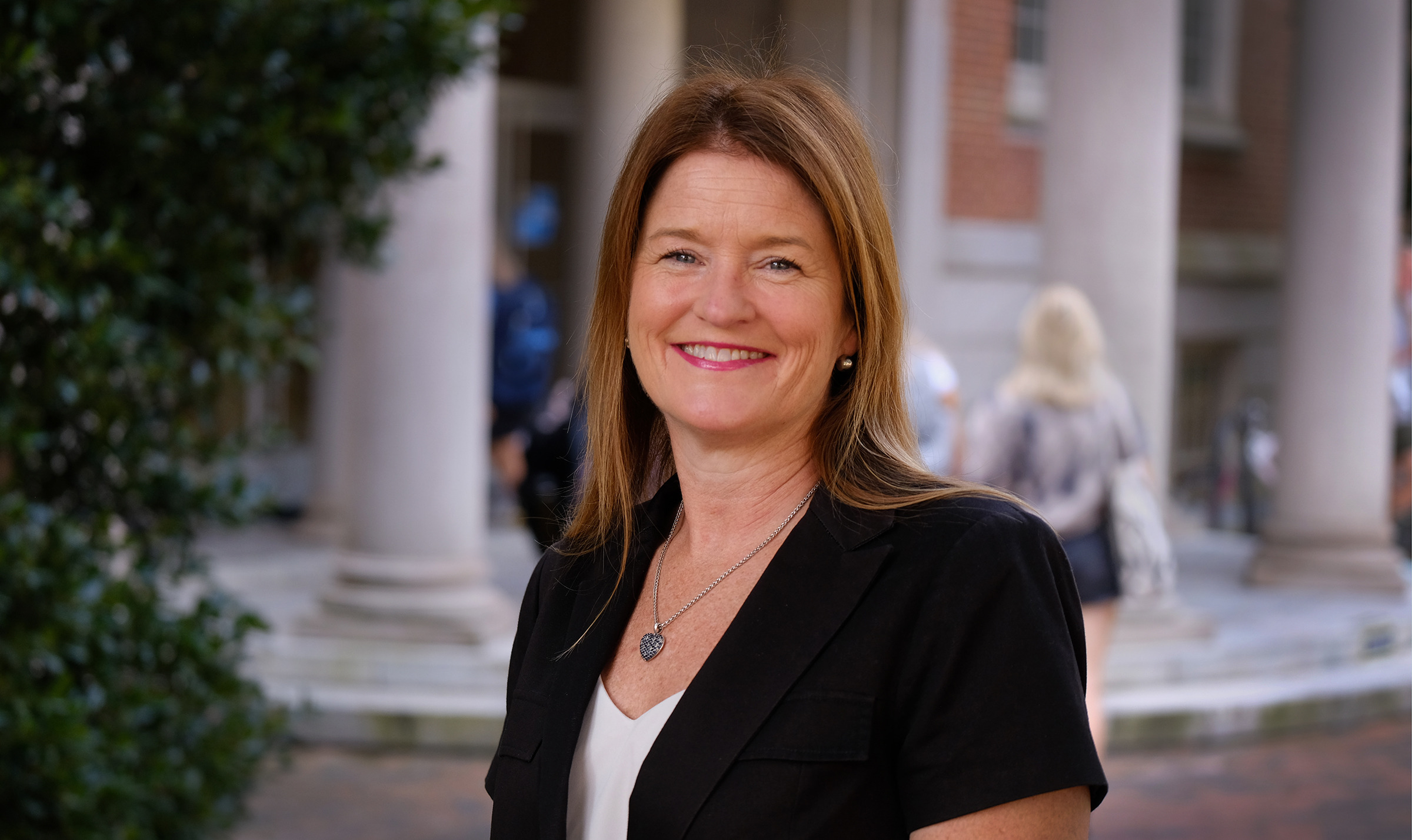Dorothy Espelage has studied bullying and how to prevent it for over 30 years. The UNC School of Education William C. Friday Distinguished Professor of Education noticed only three states had anti-bullying laws in the 1990s, and her advocacy has helped all 50 states adopt similar laws. Espelage spoke with The Well on her research and signs to look out for in children.
You recently presented in Dublin on your cyberbullying research. How has social media affected the nature of bullying?
My first study on bullying was in 1993, when email and cell phones were on the rise. Our studies didn’t have a technology or social media focus. Even though bullying has changed, there’s some classic predictors. If you can’t regulate your emotions, you’re more likely to be a victim of bullying. If there’s no emotional training or high conflict at home, you’re more likely to be a perpetrator of bullying. Personality, dynamics, context, environment and family still hold true, but now we’re finding kids are weaponizing technology. We’ve started to see overlap between bullying at school and online.
We’ve also looked at kids who intervene when there’s a cyber incident or who do what we call “cyber bystanding.” We found that whatever happens online usually starts offline. If kids are nicer to each other face to face, they’re less likely to engage in cyberbullying. Parents should monitor their kids’ social media, encourage moderation and unplug from phone use.
What are some signs of bullying that adults should be aware of?
Victims become depressed, stop doing what they want to do and isolate more. If you notice they slam the laptop down, that’s a sign. Kids also learn from parents. It’s all about their social learning environment. They learn their behaviors from somewhere, so parents should monitor their own behavior around kids.
How can adults talk to children about bullying?
It has to start early, and it has to be institutionalized within the school system. It’s not what you say, it’s how you act, so I would flip it and ask: “How are adults creating an environment to reduce or minimize bullying?” Bullying is probably at the highest rate we’ve ever seen, depending on age. With preschool or elementary school bullying, kids are more open to adult messages compared to middle and high school.

What are the effects of bullying on children?
If you’re targeted consistently, as an adult you could earn less money … because you’ve been pushed into different careers that earn less. There’s also research showing that bullying affects brain development due to chronic victimization. On the perpetrator side, there’s a criminal trajectory if they’re always getting in trouble. Most of us are bullied, and most people have bullied at some point. If we redirect those leadership skills in a positive way, you end up having a different career path.
You teach a class at Carolina called Sources of Strength. How has that course made a positive impact on students?
It’s based on what we call “upstream prevention.” As opposed to educating on suicide and post-suicide, we educate on prevention science and positive psychology and then put it into application. Experiencing sexual violence, teen dating violence and domestic violence is associated with higher rates of suicide, so I try to transfer what I’ve learned in my research to this class. A large component of the class involves students creating a campaign across campus and taking that back to their friends to teach them what they’ve learned. If you’re sitting around with your roommates watching “The Summer I Turned Pretty,” you can show them what you’ve learned.
